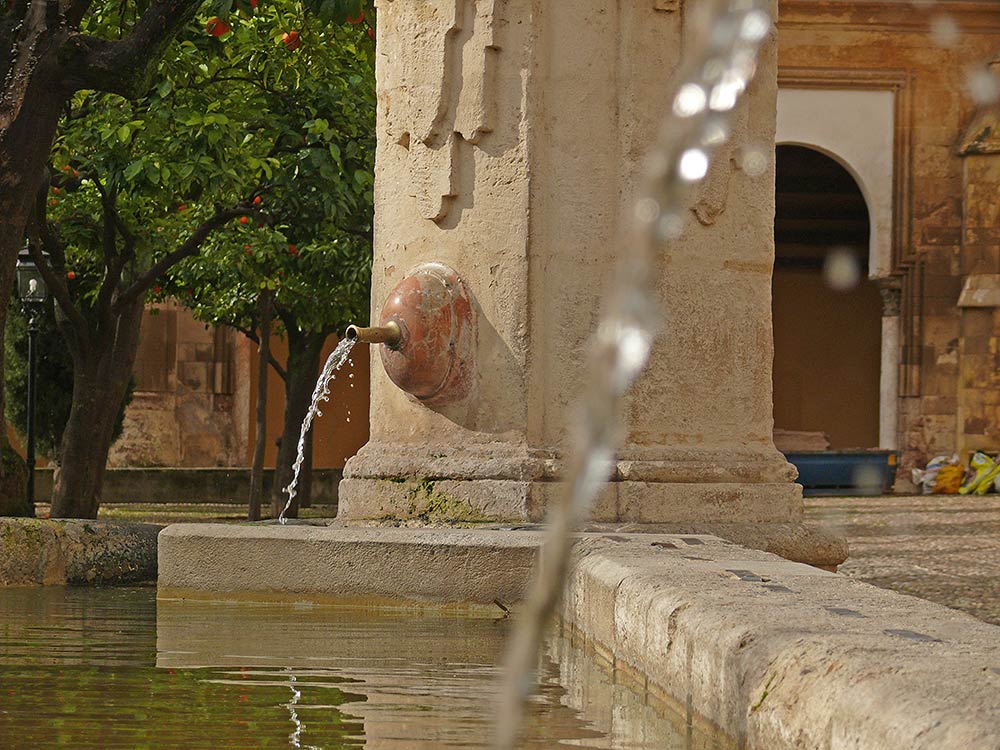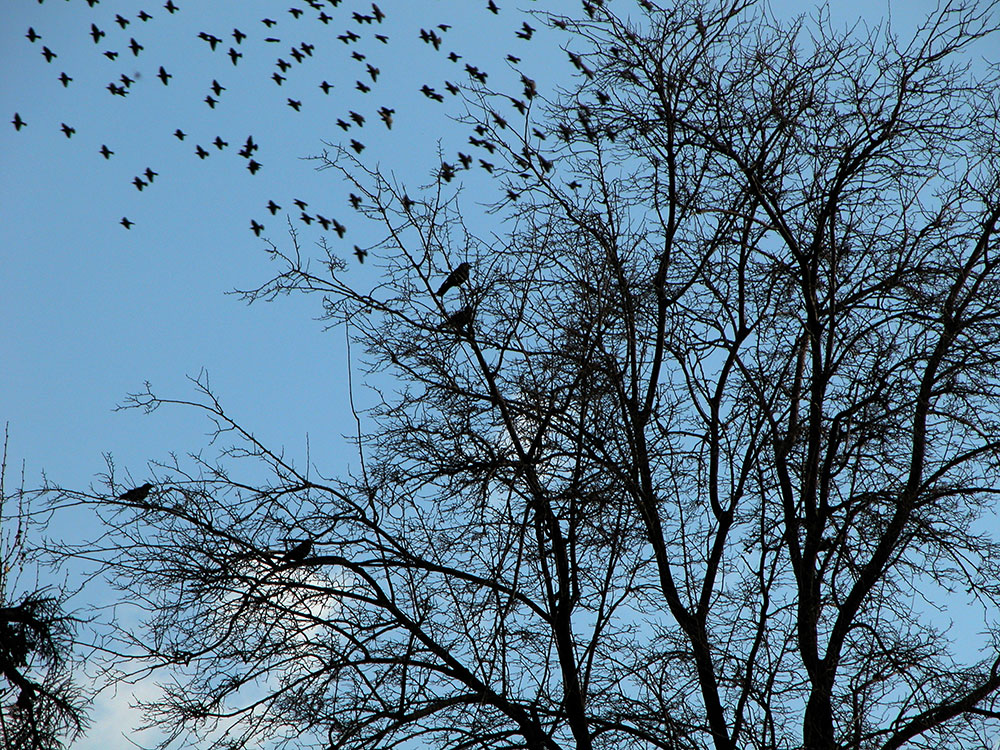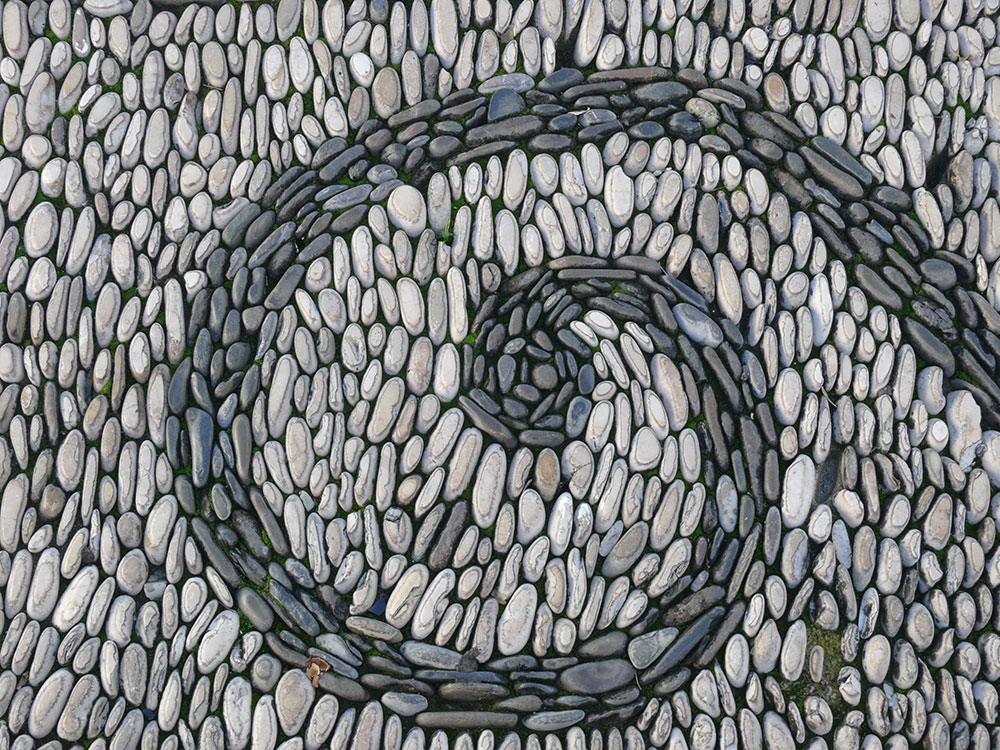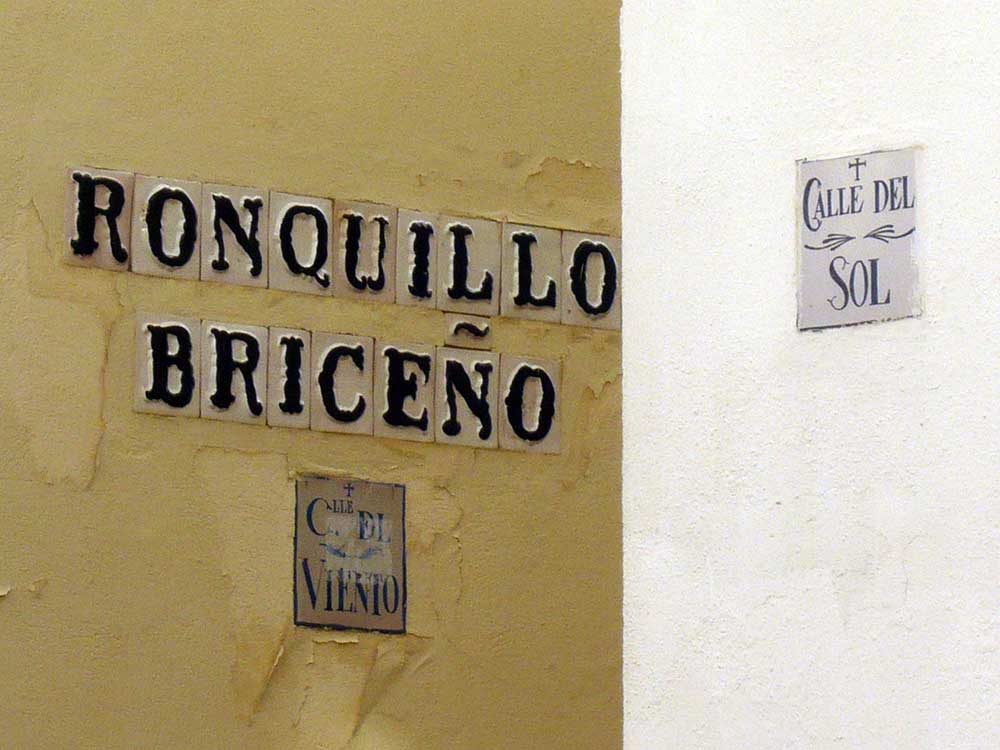Today we shall begin a photographic tour around the different weather vanes (or weathercocks) that garnish the top of Córdoba buildings. It is my believe that we have a tiny debt with these peculiar and forgotten items, thus, here comes a small tribute.
Art Nouveau was an architecture style that accompanied the rise of the bourgeois social class throughout the 2nd Industrial Revolution, it went by different names: Art Nouveau in France, Jugendstil in Germany, Sezession in Vienna, Modern Style in England, Liberty or Floreale in Italy, Modernismo or Art Nouveau in Spain… This style, although not very popular, did leave its footprint in Córdoba, a small piece that is quite a place to visit.
The long and old Sun street, that goes by the official name of Agustin Moreno these days, constitutes the backbone and true core of the Santiago quartier. The unofficial name of the street might have a lot to do with its straight East-West orientation that deprives anyone passing through from a bit of a relieving shade; it could also be related to the long gone Sun Entrance of the Axerquia (the Muslim wall).
Despite it being a Roman architectural heritage the term itself has its roots in the Arab word istawán which then acquired its current significance and use in the XVIth century. For instance, it was documented for the first time by Cristóbal de las Casas in 1551. In Al-Andalus architecture the zaguán served as a hallway or an open passage from the main entrance to the patio. There are many old traditional houses in Córdoba, Sevilla and Granada that still preserve that disposition.
Read more: Zaguanes: Córdoba Patios make wonderful Postcards.
I found it searching the wonderful archives of the Biblioteca Nacional. It seems that the document itself dates from the 1950’s but the author is not known. However, as far as the date is concerned, it is very likely that the unknown author could have belonged to the circle of bright Arabists that flourished around those very same years: Manuel Ocaña, Emilio García Gómez, Rafael y Rosario Castejón and some others that, as a result of a government policy looking to cast light on our history, were able to search into the history of Muslim Spain. Just to give you an idea of how strong this Arabist intellectual fashion came to be back then I shall state that around that time there were serious voices backing the idea of taking the Mezquita to its original Muslim self, that is, place the Christian Cathedral somewhere else (further reading here).
Romantic tours to Spain likely had a sound precedent here and had their first seed in the enlightened tours made during the XVIIIth century. Among those tourists, or travelers, was Henry Swinburne, who immediately showed strong feelings towards Córdoba. The book at hand has however a dark purpose, that was to further build the Spanish Black Legend that was key for many countries then to fight Spain as a dominant power in Europe.
Read more: Henry Swinburne: an enlightened traveler in Córdoba.
Whenever we visit a city we try to fit in with local inhabitants, we desire not to be pointed out as tourists, we want to feel what is like to be one of them, experience in truth their daily life, we search to know a place’s soul.
It is definitely a date for celebrations! A few days ago the good news arrived: the Minaret of Saint Juan will be restored. And I shall take the opportunity to go through the minarets that as of today remain in the city. Despite what one might think, there are not that many Arab buildings in Córdoba.
It is not mere chance that the Potro square is our most precious square and the biggest one is “La Corredera” or that “El Caballo Rojo” (The Red Horse) is the most famous restaurant of the city or that the road that connects the city to Cerro Muriano is called “the Horse road”. Saying Pure Spanish Horse and Andalusian Horse is denoting the same thing. The Andalusian Horse, or should we say the Córdoba Horse (on account of its origin), after centuries of care and meticulous breeding would earn the title of Pure Spanish Horse.
Read more: Córdoba: the birthplace of the Pure Spanish Horse.
Out of all the Ferdinand churches of Córdoba, although all of them are very interesting, there is one in particular that you should not miss: the church of San Pablo. This one is by far the biggest of them all, there are even some people that state that such a size is due to the original intention to turn the church into the Cathedral of Córdoba.
To History and popular knowledge the conquest of Muslim Córdoba is marked by the great feat of the Colodro Gate. Now disappeared, the gate was part of the wall of the Northern Axerquía, where a group of almogavars –of Saracen origin, they were light infantry shock troops heavily involved during the Reconquista– climbed and stormed the city for the first time. This is all true but it doesn’t end there, the story of the assault is a bit longer than that. It lasted all night and at dawn the militia from Martos (Jaen) managed to storm Puerta del Sol (the Sun Gate) –from that point forward known as Puerta de Martos (Martos Gate), also disappeared– and entered the city through our dear Viento street; back then it led to that famous gate.
Read more: The importance of Viento street to the history of Córdoba.
The first time I saw the hydraulic artifact of the Olive tree Fountain I could not believe my eyes, I even had to look for the gardener working in the Patio de los Naranjos:
-Excuse sir!, when did they installed this artifact here?. To which he answered:
-You certainly do not come often around here. This artifact has been here since the XIXth century.
I had to laugh while he insisted: yes sir, since the XIXth century. I visit the Patio de los Naranjos very often since I was only a child and never had I seen such a thing. However, to my embarrassment, the sly gardener was right. In deed that artifact was from the XIXth century. And even though what we now see in the fountain is a contemporary replica, the original, despite broken down and rusted, rests displayed inside the Mezquita.
There is very little industrial heritage in Córdoba for two reasons: Córdoba was never an industrial city, it never had much activity besides some agricultural factories. The second reason has to do with the location. The industrial areas needed to be close to city but could not be inside the city walls. Plus, since the winds in Córdoba blow generally from the West, to avoid fumes and pollution in the rest of the city, factories were placed only in the North and East (Ollerías Avenue and Ronda del Marrubial).Two chimneys are the Córdoba’s sole survivors, they outlived progress and city expansion throughout the XXth century. The most popular is known as the Chimeneón, or simply big Chimney, a vague memory of the olive oil industrial complex that Aceites Carbonell had next to the Malmuerta Tower.
Read more: Shot Tower: an unknown industrial remaining from the XIXth century.
Columns are not mere things standing straight. They are keystone to every building, they have always been valuable and demanded objects. History is full with testimonies that tell us how they were precious presents among kings, and ambassadors would carry them in their ships when sailing too far away lands as gifts.
Córdoba has been awarded a World Heritage Site in three occasions by the UNESCO, and not only because of the Mezquita. Its rich heritage remains mostly unseen, it would be a tremendous effort to bring it all out to meet the eye. Not even ourselves, born and raised in this city, know half of what lies beyond many walls and doors. The monumental Plaza de la Compañía (the Square of the Society) is one of those cases. Despite its grand nature and its great location, right in the commercial sector of the city, it is barely visited by tourists due to the fact that its doors are firmly closed every weekend. What you see is what it will be for you.
Now that we so desperately need to review and strengthen the idea of Spain, I search the words of the minds of our past, new old reasons that will help me understand this dreadful and immoral political context. It is a strange country, Spain.
This search took me through numerous authors, and I didn’t know what it was I was looking for until I run into one of Azorín’s books. Inside I found a beautiful description of Córdoba that soothed me. Azorin’s words build a clean and brief image of the city, a delicate, almost frail, touch containing the right amount of color and meaning. I walked the city inside my heart. It is a circle, every word is where it needs to be and not a comma is unneeded.
This first edition of FLORA brought 8 international floral artists that transformed the Festival’s chosen patios into 8 unrecognizable stunning spaces. Located in some of the most representative buildings of Córdoba, this works have resulted in a delightful little tour through memory, art and heritage. These ephemeral floral installations will be open to the general public from the 20th to the 29th of October.
Walks are a perfect match for the city of Córdoba, they constitute a vital part of the city's soul, part of its character too. No wonder Córdoba remains among the 150 cities where this famous walk takes place. Jane's Walk act as an initiative after Jane Jacobs, a re-known activist that rethought how life quality in the cities was measured.
Cordoba has more than 500 hectares of green zones and 82.000 trees distributed throughout the city. These astonishing figures come from the 44th National Conference of Public Parks and Gardens that is taking place these days in Córdoba. Within this vast number of trees there are unique ones in the city that, just like the Synagogue or La Mezquita, are worth a visit.
When promenading in Córdoba look not only what is in front of or above you. The floors are a distinguishing mark of the city. I am referring to the popular and historic pavement of its streets, squares and patios. There are three kinds of historical floors that have their root deep into Córdoba's beginnings.
Walking is not only a kind recommendation but of the utmost necessity if you wish to truly know and enjoy Cordoba. Its tangled urban scene takes us again and again to the days of the Caliphate. We shall not see squared blocks nor parallel streets, instead an enormous and rich treasure lays at our feet waiting to be seen when passing by. The old city is big and round and this roundness happily result in walkable distances. Paseo is Cordóba's middle name.
It is around the middle of the XIXth century when marking the streets with personal names becomes a fashion. A questionable fashion that allowed Governments trends to do and undo almost at will since then. Before that, names were chosen by the actual users of those spaces. The names of streets and squares would traditionally tell us about their origin, purpose or common use; one could always relate to a story underneath.























